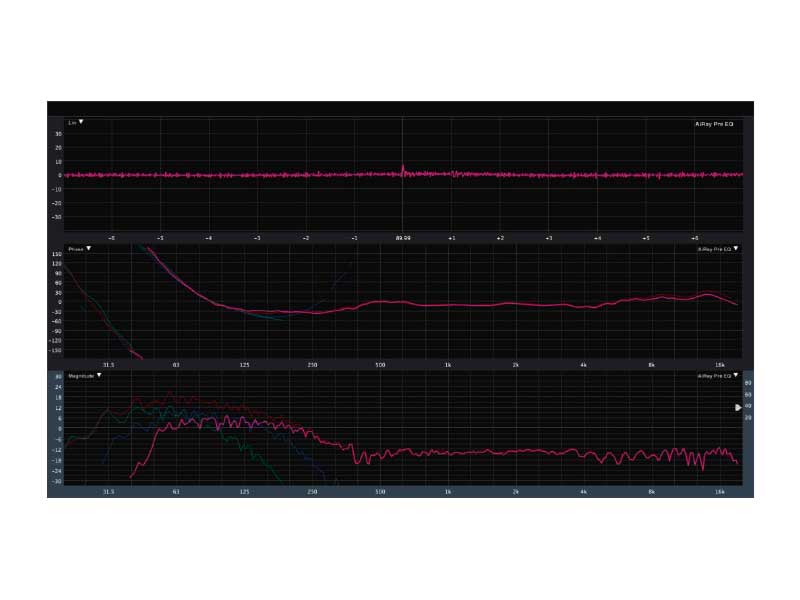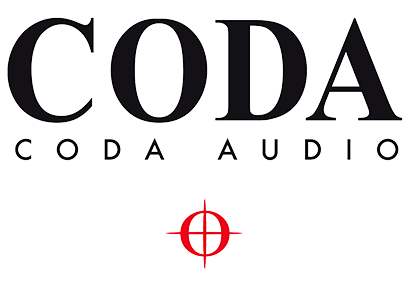This post is also available in:
 Deutsch (German)
Deutsch (German)
All CODA systems are phase-linear and will work together without compromise. This eliminates the need to apply destructive processing when combining different elements in complex systems (see fig. below).
- Ease of use
- Compatibility between products
- Fewer potential reliability issues in complex systems
- Better fidelity and more faithful imaging
Attaining phase linearity is no simple task. A heavier processing load with a longer time window (typically 45–60 ms) is normally required to achieve a linear phase response that extends to the lower frequency range.
The secret to CODA’s DS-FIR is multisampling with a combination of filters, each set to a length that is precisely adapted to the virtual and acoustical crossover points. CODA’s proprietary combination of filters results in a loudspeaker system with incredible fidelity throughout its operating range and a reduced latency of 11 ms that is acceptable in PA practice.
While many of today’s professional loudspeakers feature a linear frequency response — exhibiting a frequency response that remains the same regardless of output level — very few feature a linear phase response, and are often not phase-compatible with other loudspeakers in their own product lines. Such arrangements require additional, time-intensive system tuning. CODA systems offer linearity not just for each individual element, but for the entire system, right out of the box.
 Impulse response, phase response, and frequency response graphs of AiRAY system. AiRAY (magenta), SC2-F (blue), and SCP-F (green). Sum trace is shown in red. Measurements taken in an arena 30 m from the system, with no processing applied.
Impulse response, phase response, and frequency response graphs of AiRAY system. AiRAY (magenta), SC2-F (blue), and SCP-F (green). Sum trace is shown in red. Measurements taken in an arena 30 m from the system, with no processing applied.
